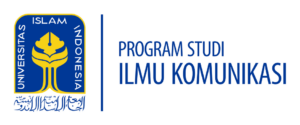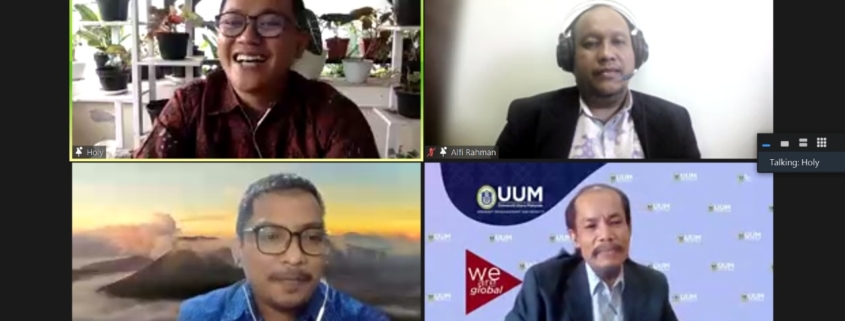The importance of Disaster Risk Communication
When floods, earthquakes, or tsunami, or any disaster come, what should we do? Because of the lack of past disaster knowledge, None of the new generations will know how the disaster happens in the past. Therefore we need to transfer knowledge from the past generation to the future generation. That is a simple illustration of what we call Disaster Risk Communication. But what is precisely the importance of it?
Alfi Rahman said that One of the important is to Empower the audience to make informed decision-making. So people can make more choices about risk. Another essential thing of disaster risk communication is, “Increase trust In risk management institution, people empowered,” said Alfi Rahman, a researcher at the Tsunami and Disaster Mitigation Research Center (TDMRC) of Universitas Syiah Kuala, Banda Aceh, Indonesia, at Annual Workshop on Globalization held by International Program of Communication Department UII (Universitas Islam Indonesia). The Annual Workshop on Globalisation under the theme “Disaster, Media, and Globalization” was held on September 25, 2021, online by Zoom Meeting.
Disaster and Risk Communication also help build understanding For efforts to manage risks. It also tailors communication, so it considers emotional Response to the event. Alfi told all of the students as a participant that risk communication. It also prevents negative Behavior and Encourages constructive response to crisis or danger.
Alfi also illustrates how people Create a knowledge transfer to make a disaster risk communication into the next generation. He told the example of The Smong Story Of tsunami risk in Simeuleue Islands, Aceh. It should make a message about the disaster and a knowledge Through action as the second aspect of disaster risk communication.
These Smong stories have also been a lesson learned In saving lives during The 2004 Indian ocean tsunami. Alfi presents that in 1907 there were 50% (some said that 70%) That the tsunami killed the Simeuluean People. But in 2004, three people were reportedly killed, showing the positive impact of the Smong Story As a warning signal.
Besides Alfi, the Workshop also invited Ruzinoor Che Mat as associate professor of Universiti Utara Malaysia and Herman Felani as the Department of Communication UII. While Alfi’s speech is about disaster risk communication, Ruzinoor speaks about 3D Modelling Simulation for Flood Evacuation, and Herman talks about pandemics and globalization.




